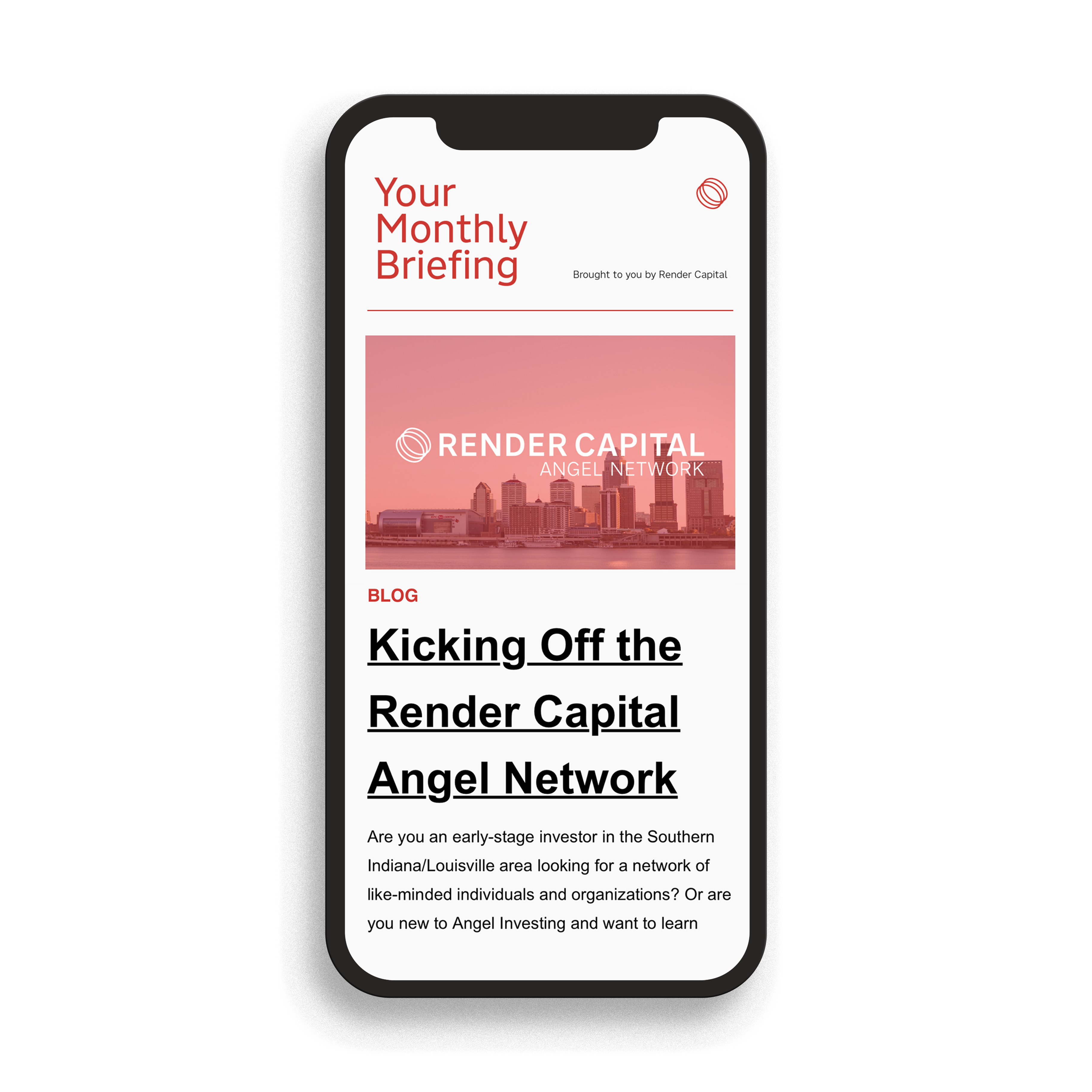Angel investing is complex and angel investors have varying levels of
sophistication. Some investors are incredibly adept, with deep knowledge of term
sheets, market conditions, valuations, and potential outcomes. If that’s you, you can
probably stop reading right now. If you’re new to angel investing, or a
founder preparing for your next raise, keep reading. Here, I’m going to explain
everything you need to know about term sheets.
A well-negotiated term sheet can set the stage for a successful investment,
while a poorly constructed one can lead to financial loss and strained relationships.
I’m going to break down a term sheet into its components, explain key terms, and
offer advice for negotiation. I’m also going to discuss the implications of those
clauses for both the investor and the startup.
What is a Term Sheet?
A term sheet is a non-binding agreement that outlines the basic terms and conditions under which an investment will be made. It’s a template to develop more detailed legal documents and sets the stage for the relationship between the investor and the startup. Think of it as a "handshake deal" in written form; it's not legally binding but signifies a mutual intention to move forward. The term sheet is crucial because it outlines everything from the valuation of the startup to the investor's equity stake, liquidation preferences, and more. It's the document that both parties refer to when drafting the final, legally binding contracts, such as the Shareholders' Agreement and an Investment Agreement.
Types of Term Sheets
Before we get to specific terms, we need an understanding of the different types of term sheets. Here are the main types:
Binding Term Sheets: These are rare but do exist. They are legally enforceable agreements that commit both parties to the terms outlined. Backing out of a binding term sheet can result in legal consequences.
Non-Binding Term Sheets: These are more common and serve as a statement of intent rather than a legal obligation. Either party can walk away without legal repercussions, although doing so may harm reputations.
Short-Form vs. Long-Form
Short-Form Term Sheets: These are concise and cover only the most critical terms of the deal. They are often used in early-stage investments where the deal is less complex.
Long-Form Term Sheets: These are comprehensive and include detailed terms and conditions. They are typically used in later-stage investments or more complex deals that require extensive stipulations.
Industry-Specific Term SheetsTech Startups: Term sheets for technology startups may include clauses related to intellectual property, software licensing, and data protection. Healthcare Startups: These may include terms related to regulatory compliance, clinical trials, and partnerships with existing healthcare entities.
Consumer Goods Startups: These may focus on supply chain agreements, distribution channels, and branding.
The type of term sheet you're dealing with can significantly impact the negotiation process and the final agreement. Therefore, it's crucial for both investors and startups to be familiar with these variations.
Key Terms and Clauses in a Term Sheet
Here's a breakdown of some of the most important terms and clauses you'll encounter:
Valuation
Pre-Money Valuation: This is the valuation of the startup before the investment. It's used to determine the price per share and how much equity the investor will receive.
Post-Money Valuation: This is the valuation of the startup after the investment has been made, including the new capital.
Equity Ownership
Common Stock: These are the basic shares that usually come with voting rights but are last in line during liquidation.
Preferred Stock: These shares come with special rights, such as priority during liquidation and often include voting rights.
Liquidation Preference
This clause specifies the order in which proceeds will be distributed in the event of a sale, liquidation, or bankruptcy of the startup. Preferred stockholders often get paid before common stockholders.
Vesting Schedule
This outlines the timeline over which founders and employees earn ownership of their shares. A typical vesting schedule might be over four years with a one-year "cliff."
Anti-Dilution Provisions
These protect investors from dilution in future funding rounds by adjusting the price of their shares.
Board Representation
This clause specifies who will sit on the startup's board of directors and often includes seats for investors, founders, and sometimes independent directors.
Exit Strategy
IPO (Initial Public Offering): Going public to offer shares to the general Public. Acquisition: Being bought by another company. Merger: Combining with another company.
Confidentiality: Both parties agree not to disclose sensitive information.
Exclusivity: The startup agrees not to seek other investors for a specified
Drag-Along and Tag-Along Rights
Drag-Along Rights: Allow majority shareholders to force minority shareholders to join in the sale of the company.
Tag-Along Rights: Allow minority shareholders to join a sale initiated by majority shareholders.
Milestones and Tranching
Some investments are made in tranches based on the startup reaching certain milestones, reducing the investor's risk.
Governing Law and Dispute Resolution
Specifies the jurisdiction under which the agreement is governed and how disputes will be resolved, often through arbitration.
No-Shop Clause
This prohibits the startup from seeking other investment offers for a specified period, usually during the negotiation phase.
How to Negotiate a Term Sheet
Negotiating a term sheet is a critical step in the investment process, and it's where both investors and startups can set the tone for a successful partnership.
For Investors: Know the startup's financial health, market potential, and competition. If the startup is in high demand, your negotiating power may be limited.
For Startups: Understand your value proposition and be prepared to articulate why an investor should want to be part of your venture.
Prioritize Key Terms
Identify the terms that are most important to you. For investors, this might be valuation, liquidation preference, and board seats. For startups, it could be maintaining control and flexibility.
Be Prepared
Due Diligence: Both parties should conduct thorough due diligence to understand each other's financials, market position, and legal standing.
Legal Advice: Consult with legal advisors who specialize in venture capital or startup financing to understand the implications of each term.
Open Dialogue
Maintain an open line of communication. Transparency can help build trust and make the negotiation process smoother.
Be Flexible but Firm
While it's essential to stand firm on your key terms, show flexibility on less critical issues. This demonstrates goodwill and can facilitate a quicker agreement.
Use Market Standards as a Guide
Familiarize yourself with industry norms and market standards. This can provide a useful benchmark for terms like valuation and liquidation preferences.
Address Red Flags Promptly
If something doesn't seem right, address it immediately. Ignoring red flags can lead to complications down the line.
Time Sensitivity
Be aware that dragging out negotiations can be detrimental. Startups may run out of runway, and investors may lose interest or find other opportunities.
Multiple Counteroffers
Be prepared for multiple rounds of counteroffers. Each side will likely need to make concessions to reach an agreement.
Put it in Writing
Always document the terms discussed and any verbal agreements made during negotiations. This can help avoid misunderstandings later.
Walk Away When Necessary
Know when to walk away. If the terms are not favorable and there's no room for compromise, it's better to exit the negotiation rather than enter into a bad deal.
Final Review
Once a draft of the term sheet is ready, review it carefully to ensure it reflects the negotiated terms. Make sure both parties understand their obligations and rights.
Term sheets, although potentially complicated, can be navigated more confidently when investors and founders are educated and on the same page. To learn more about term sheets join us at the Render Capital Angel network or contact me directly here.
.png?width=2708&height=560&name=2022%20Render%20Capital%20Red-04%20(4).png)





